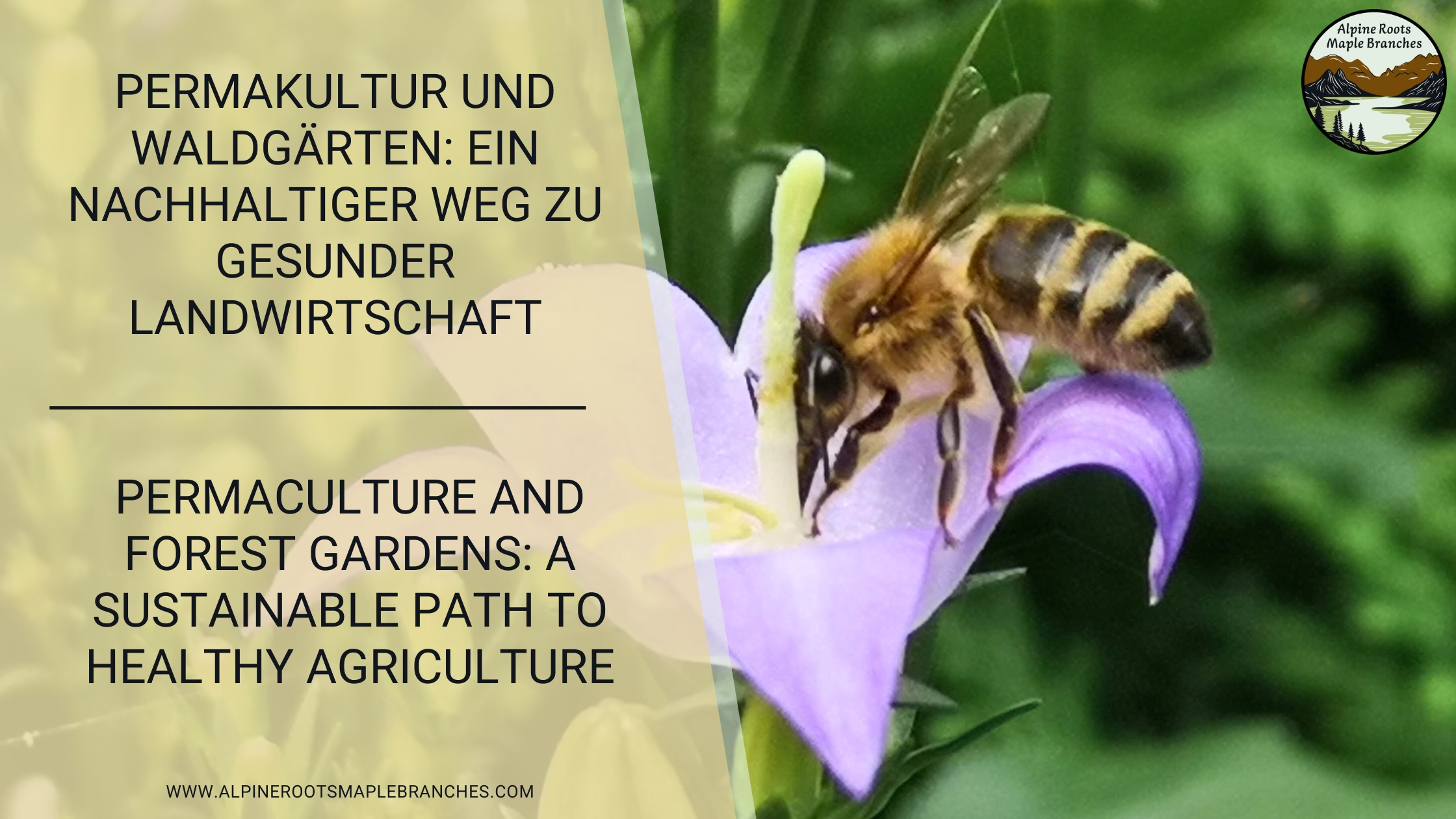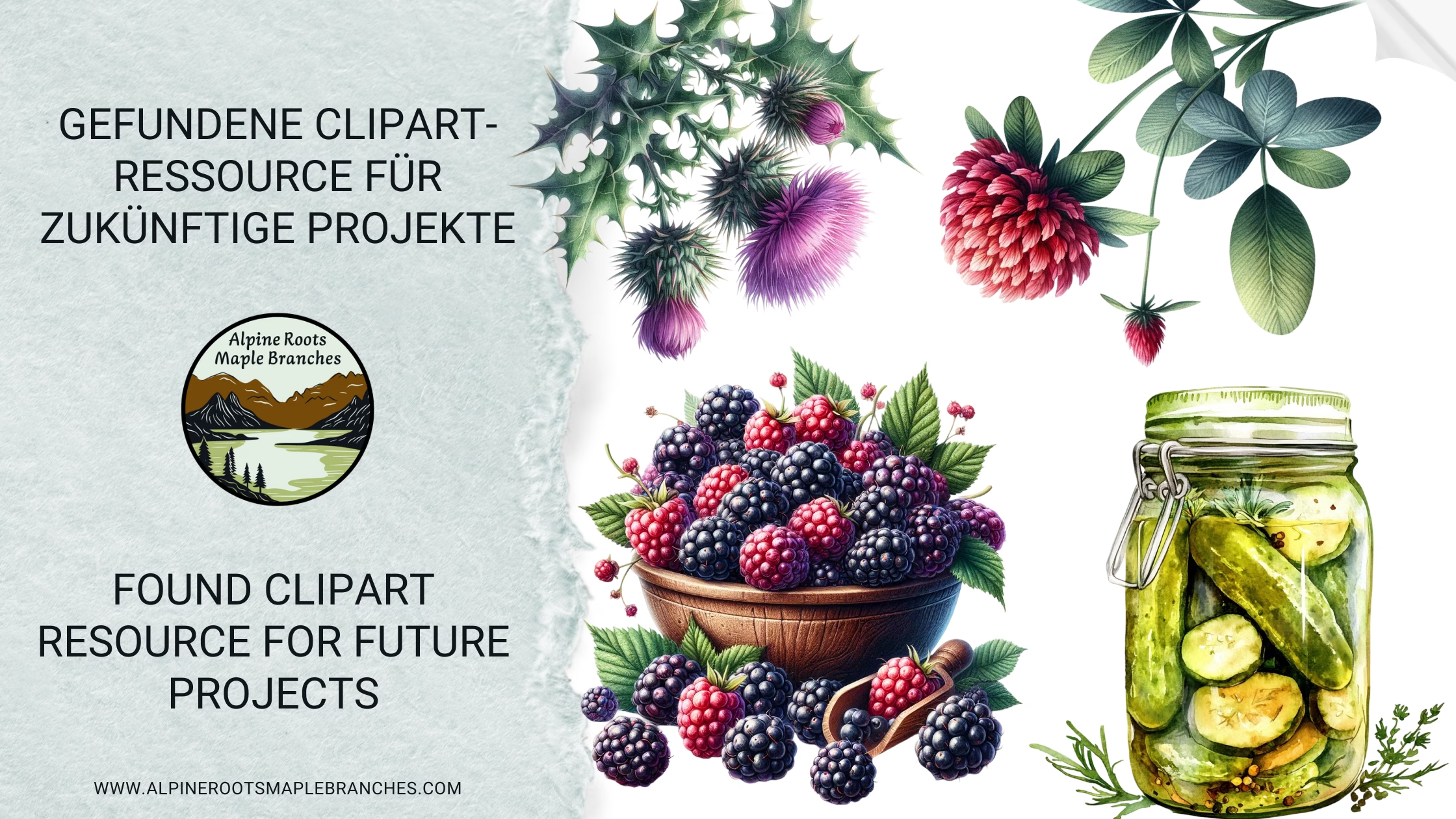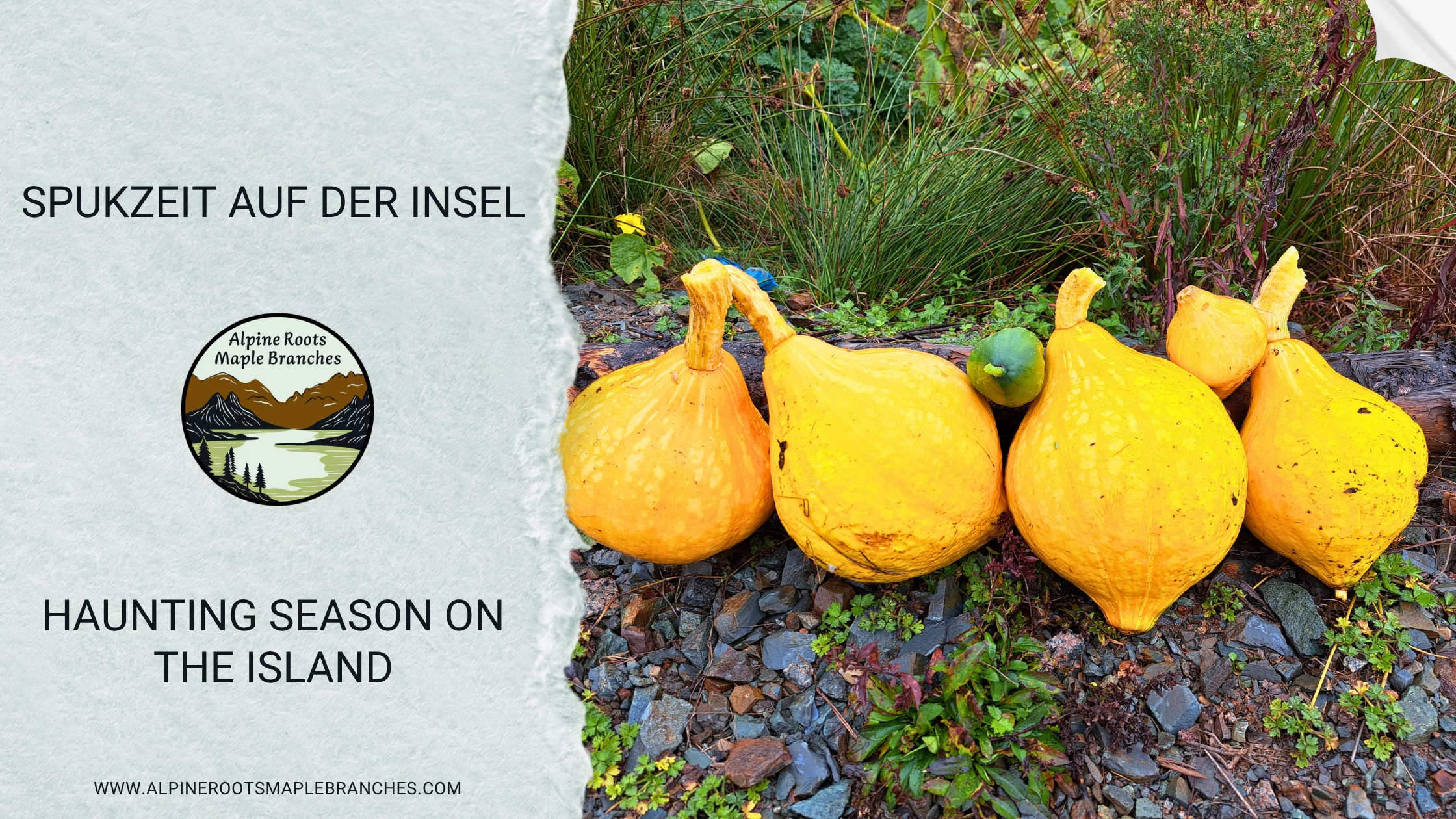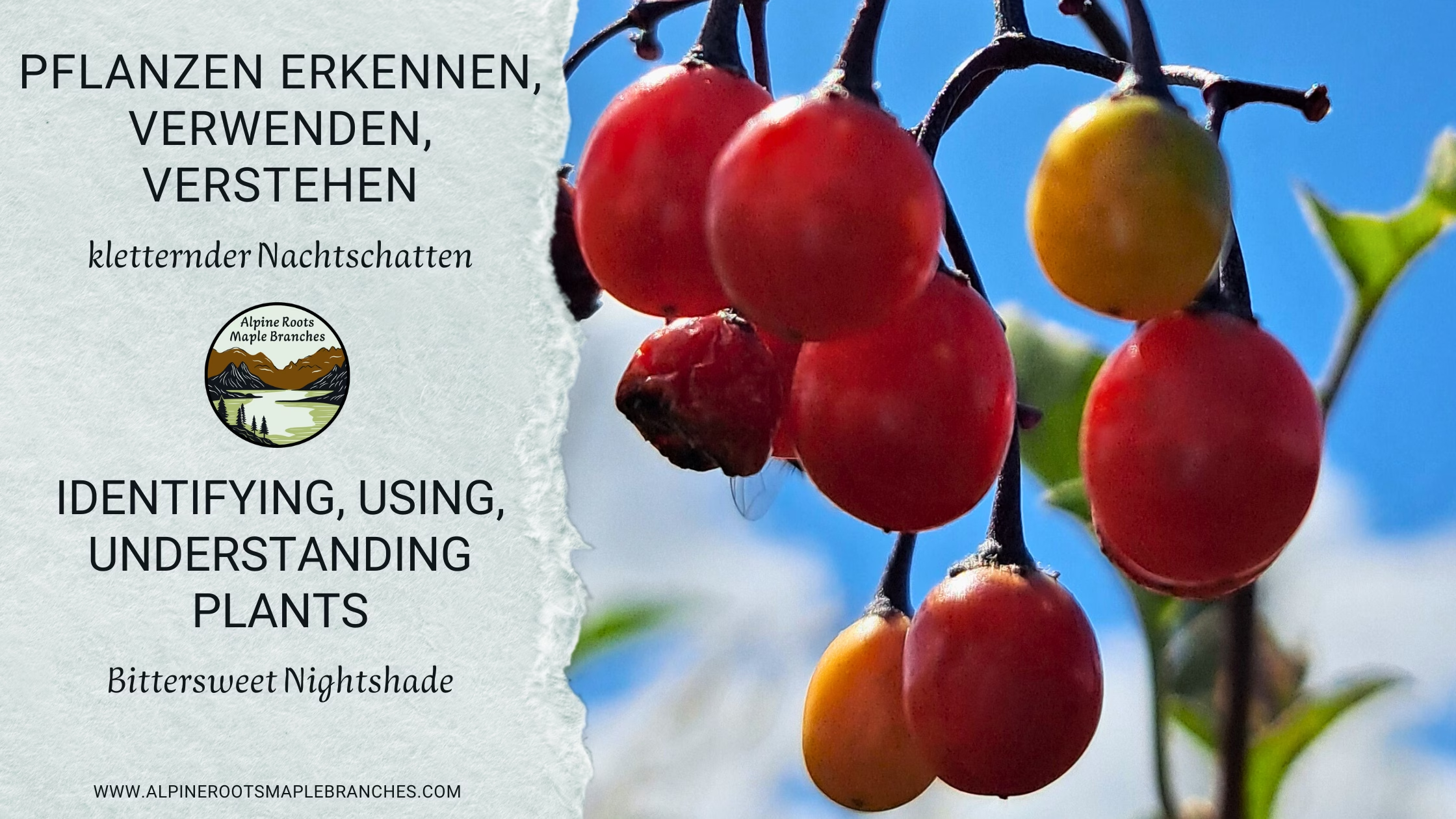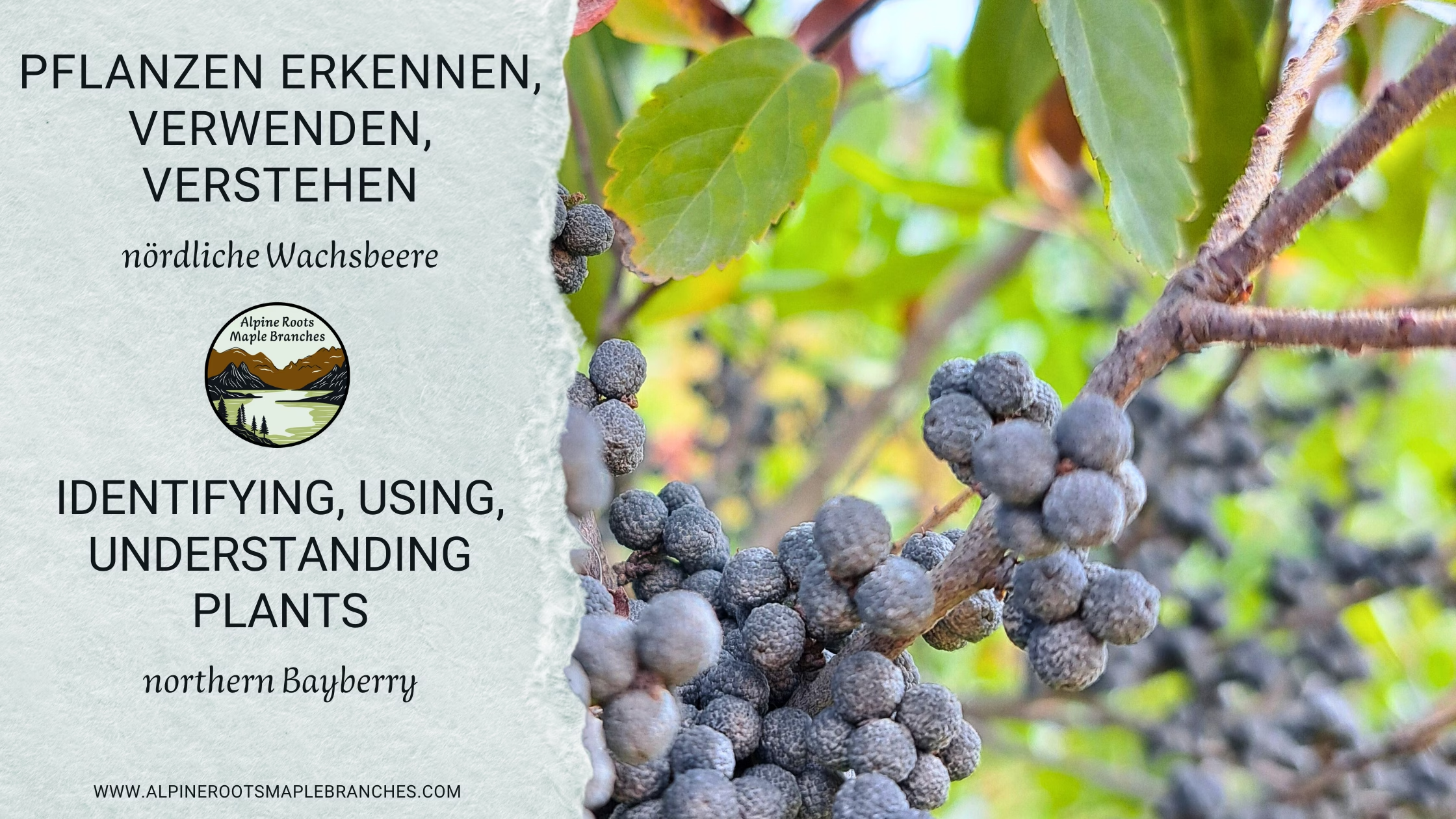Even before we moved to Canada, we had been deeply engaged with the idea of sustainable farming. Gernot, in particular, has been working with the concept of permaculture for years and experimented with it on a small plot in Austria. On less than 300 m², many permaculture principles were integrated, but it became clear that such a small area could not support a self-regulating system without frequent intervention. There simply wasn’t enough space to create a stable, self-sustaining ecosystem.

In Austria, we focused primarily on berries and columnar fruit trees specifically bred for small gardens. These space-saving trees are ideal for limited spaces, requiring little room but still yielding a good harvest. What was particularly exciting was using vertical spaces for plants like raspberries, blackberries, and kiwis, to make the most of the available garden space.
What is Permaculture?
Permaculture is a comprehensive concept aimed at creating a sustainable, self-sustaining ecosystem that operates in harmony with natural cycles. It’s not just about food production but about designing living spaces that benefit both humans and nature.
One of the key principles of permaculture is diversity. In a permaculture system, different plant species grow alongside one another, creating a stable ecosystem that is more resistant to pests and diseases. Chemical fertilizers and pesticides aren’t needed because the plants support one another, and soil health is promoted.
Another central element is water management. Natural water circulation is optimized by using ponds, swales, or rainwater systems that help the system endure dry periods and minimize the risk of flooding.
Additionally, creating closed loops is a core principle of permaculture. Waste products, like plant remains, are returned to the soil to maintain fertility, minimizing the need for external inputs. Over time, the soils become more fertile, which increases productivity.
In some permaculture systems, animals like chickens or sheep are included to help fertilize the soil and control unwanted plants. However, we plan to implement a permaculture system without livestock. Wildlife is welcome in our system, as they help maintain ecological balance.
What size is necessary for permaculture to be viable?
The minimum area recommended for successful permaculture is often between 500 m² and 1000 m², as this space allows for various plant species, water catchment systems, and natural cycles to thrive. However, the size of the plot isn’t the only factor—it also depends on how efficiently the space is used. Larger projects with several hectares provide even more flexibility to integrate a wide range of permaculture principles.
The Forest Garden – A Paradise for People and Nature
A forest garden is a special form of permaculture designed to mimic the layers of a natural forest. Unlike traditional permaculture, which is applied to agricultural land, a forest garden follows a specific pattern where different plants are arranged in vertical layers.
While permaculture focuses on the interaction of various elements—plants, animals, and humans—the forest garden emphasizes plant layering. This method aims to make optimal use of space, with tall trees, shrubs, climbing plants, and ground cover growing in harmony. Each layer plays a specific role in the ecosystem, fostering natural cooperation among the plants.
Another key difference is the focus: permaculture incorporates elements like water management, animal husbandry, and the use of energy sources. The forest garden, on the other hand, is primarily a plant-based approach that replicates the growing conditions of a forest and places plants in a natural habitat.
Such a forest garden consists of several layers:
- Tree layer: Fruit or nut trees form the backbone of the garden.
- Shrub layer: Berry-producing shrubs like raspberries or currants.
- Herbaceous layer: Herbs and vegetable plants like mint or sage.
- Ground cover: Plants like wild strawberries protect the soil from drying out and suppress weeds.
- Climbing plants: Beans or kiwi make use of vertical space and contribute to the harvest.
Advantages of Permaculture
- Biodiversity: The variety of plants attracts beneficial insects and stabilizes the ecosystem.
- Less maintenance: Once established, a forest garden requires little upkeep, as the plants support each other.
- Climate-friendly: By avoiding chemical inputs and promoting biodiversity, the climate is protected.
- Self-sufficiency: A forest garden provides a wide variety of edible plants, contributing to self-sufficiency.
Regarding diversity, I found two videos from different years, that were originally made to show my grandmother the progress in the garden (as you’ll notice from the text in the videos in german). They now serve as a great way to show you how much diversity is possible in a small space.
Disadvantages of Permaculture
- Long setup time: It can take several years for a forest garden to yield results.
- High initial investment: Planning and purchasing plants involve high upfront costs.
- Varied yield development: While initial yields may be lower than in conventional monocultures, permaculture systems can become more productive over time through sustainable soil management.
Permaculture vs. Conventional Farming
In the long term, permaculture offers many benefits, especially in terms of sustainability and soil fertility. Over time, the yields from permaculture systems can even surpass those of conventional farming, as the soil becomes more fertile and artificial inputs are no longer needed.
However, conventional farming also has advantages:
- Higher short-term yields: Monocultures can produce large quantities on small areas.
- Efficiency: Large areas can be farmed with relatively little labor through the use of machines and chemicals.
- Planning security: Methods like irrigation and fertilization allow for relatively constant yields, independent of natural fluctuations.
Why we chose permaculture
Our goal is to create a system that functions long-term with minimal effort. We want to achieve an ecological balance that keeps pests like flea beetles or aphids in check and encourages natural predators. By doing so, we hope to reduce the need for constant intervention while simultaneously creating a habitat for locally endangered species like swallows and bats.
Bees, orb-weaving spiders, and grass snakes were always a welcome sight in our garden, showing that the ecosystem was slowly but surely recovering.
In the long run, we plan to develop a showcase project that not only feeds us but also serves as inspiration for others. Through tours and self-picking opportunities, similar to strawberry farms or farms in Austria, we want to give visitors the chance to immerse themselves in the system.
Your thoughts?
Have you ever had experience setting up a forest garden or permaculture system? Maybe you have tips that helped you build a sustainable garden? We’d love to hear from you! Share your ideas or questions with us—connecting with our community is very important to us.

